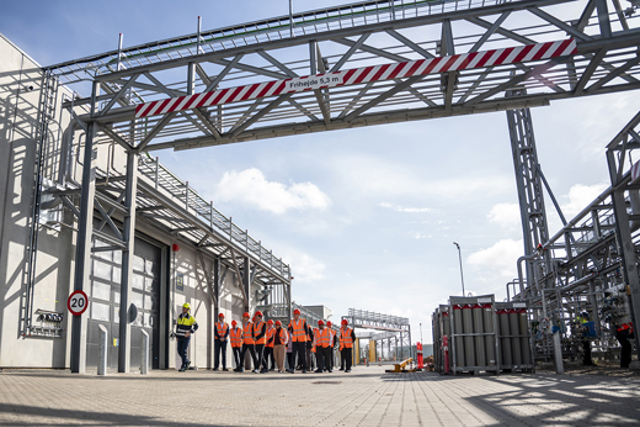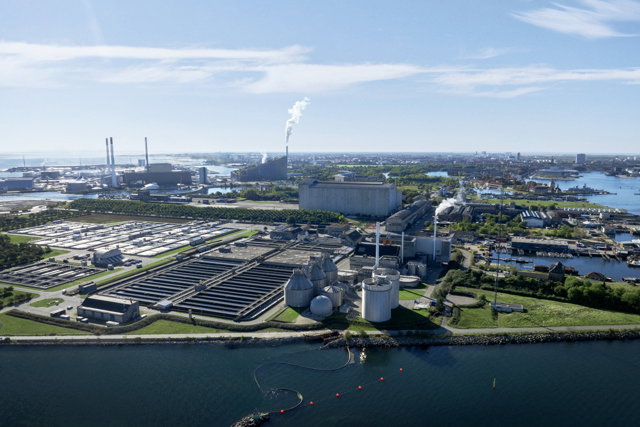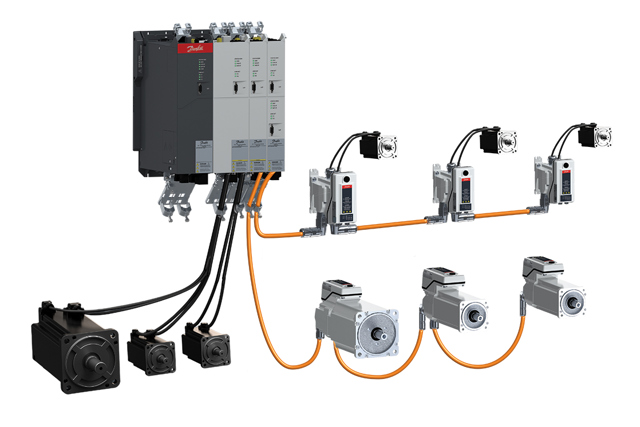What is a variable frequency drive?
Variable frequency drives (VFDs) and AC motor controllers work tirelessly behind the scenes to keep businesses and societies running smoothly.
Variable frequency drives work by adjusting electrical power supply frequency and voltage exactly to the load requirements, using pulse width modulation (PWM). By applying variable speed control in this way to motors in industrial applications, a VFD controller provides torque control and improves energy efficiency, since the electric motor no longer runs at constant full speed. At the same time, the VFD also enhances motor overload protection.
Discover how to use VFDs, power converters and soft starters to boost efficiency and productivity gains – as well as promoting electrification and digitalization of global industries.
What is a VFD used for?
You could also ask: What do I need to know, to get the most out of my VFD, soft starter, or power converter? Using a VFD, you can dramatically reduce energy consumption of electric motors in a broad range of industries and driven equipment. When it comes to power converters, similar technology works to enable and optimize electrification applications. Looking for inspiration? You’re welcome.






Facts worth knowing about VFDs
A handbook loved for decades by experts and students alike.
Variable frequency drives (VFDs), which are also known by other names such as variable speed drives (VSD), adjustable frequency drives, AC drives, and frequency converters, are increasingly important devices for saving energy and optimizing process performance.
The fundamentals of variable speed control using pulse-width modulation persist, but many elements are also rapidly changing. Increasingly, software is embedded in today’s products offering new functionalities and enabling the VFD to play a larger role in the system.
